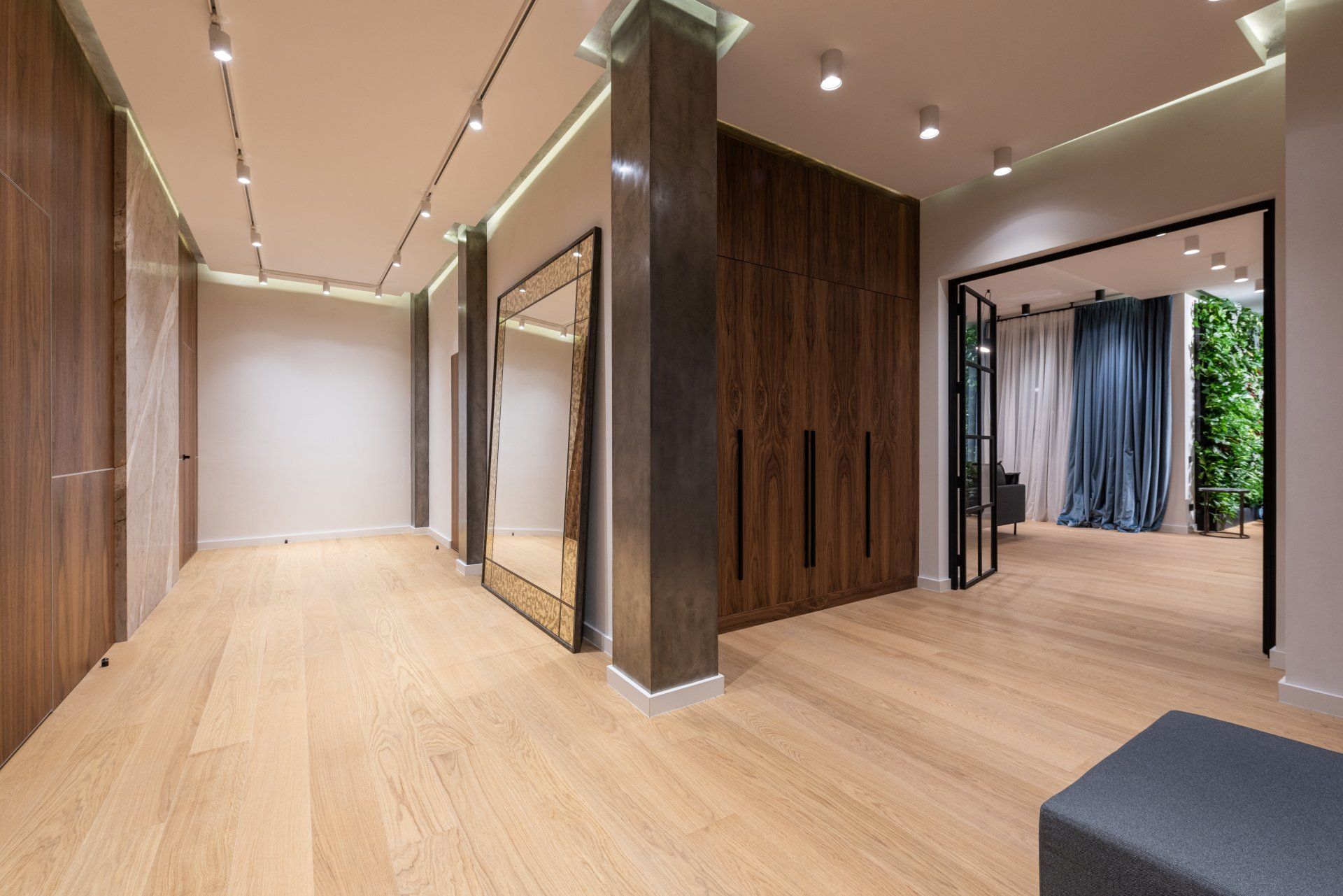5 Staircase Types. How to Pick the Best One for You
When building a new home or renovating an existing one, one of the most important aspects is the type of staircase used. Staircases are functional and can be a dramatic focal point in your home. With so many options available, deciding which type of staircase is best for you can be difficult.
This article will discuss the various types of staircases available, their pros and cons, and how to decide which type of staircase is right for your home.
Which Staircase Design Should You Choose?
When it comes to home design, staircases are often an afterthought, but they're an important part of any home. The right staircase design can add interest and style to a home, while the wrong one can be an eyesore. So, which staircase design should you choose?
Straight Stairs
One flight of stairs connecting two building levels is the most fundamental staircase. It is practical to use a straight-line design without landings or bends. However, a straight staircase isn't necessarily worse. It is a popular option for modern and contemporary designs due to the appeal of its simple lines.
This layout works well because it combines interesting materials and top-notch artistry in the best possible way. Railings and handrails are a great way to add personality to a straight staircase and are easy to install. However, it might not fit in a tiny house because it demands more linear space.
Spiral Stairs
When a spiral staircase is built around a single pole, it is simple to construct and aesthetically pleasing. The elderly, the disabled, the very young, and the clumsy should avoid using this design. A well-constructed spiral staircase, however, can still be both a safe and stunning feature.
Curved Stairs
Our brains require symmetry, which may explain why a curving pattern centered on a spiral arc is alluring to our eyes and minds. Exploration is encouraged by the rounded contour, which typically doesn't create a complete circle. Because of their large radius, they are very easy and comfortable to walk on.
Curved staircases are a beautiful addition to home foyers and workplace reception areas, complementing traditional and modern architecture. The fact that these steps are a good investment shouldn't come as a surprise. Thanks to the engineering, craftsmanship, and knowledge that went into constructing them, they will continue to make a statement for years.
L-shaped Stairs
An L-shaped staircase has a right-angled turn at the landing. People are in favor of this arrangement for many reasons. It is much narrower than a straight staircase and might be placed in the corner of a room.
Landings are great locations to showcase your unique decorations, pieces of art, or pictures.
You can position the turn closer to the bottom or top rather than in the middle if it better fits your style or design.
U-shaped Stairs
With a footprint even smaller than an L-shaped stair thanks to this design's 180-degree turn, it's a great option for tiny homes where it may even be tucked into a corner. The switch-back architectural style is fun and typically marks the start of a striking architectural statement.
Conclusion
The type of staircase you go for depends on your personal preference, budget, and the amount of space you have. A spiral staircase is the best option if you want a modern, aesthetically pleasing look. If you have limited space, a space saver staircase is ideal.
However, a straight or quarter-turn staircase is the best option if you want something more traditional and stronger. Ultimately, the decision is up to you, but it is important to consider the overall look and feel that you are trying to create when making your decision.
Jack Stone Staircases Ltd is a small, family-run company with over 25 years of carpentry and joinery experience. We provide the same service at more affordable rates, and our work is of the highest caliber. We exclusively use top-notch supplies from nearby vendors we are confident in. Buy
bespoke fitted furniture today!


